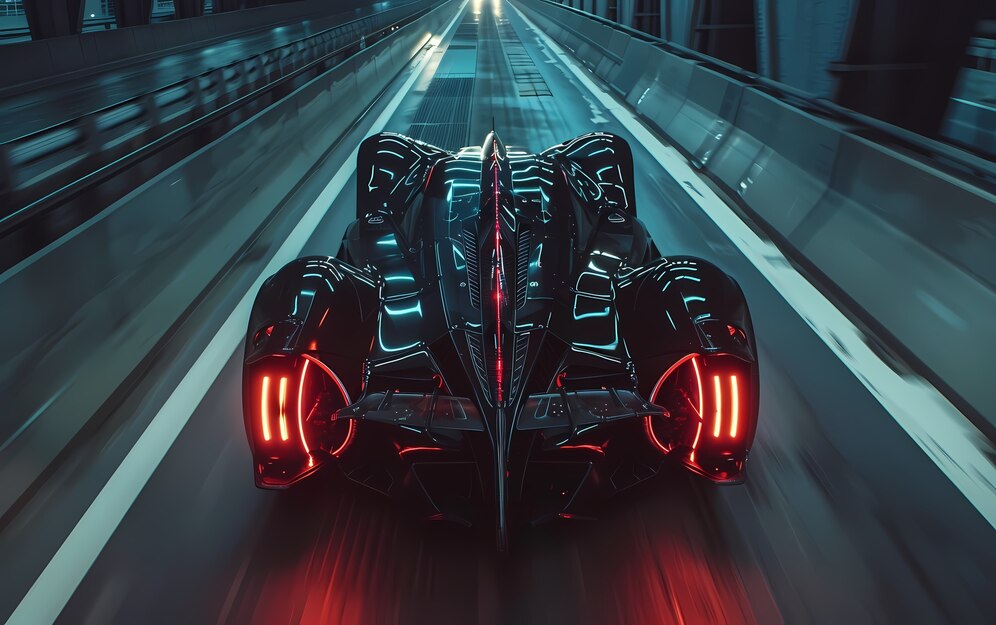Infrared racing is an innovative approach to competitive racing that uses infrared technology to enhance the accuracy and excitement of racing events. By incorporating infrared sensors, timing systems, and tracking mechanisms, infrared racing is transforming the way races are monitored and managed across various platforms, from remote-controlled (RC) car racing to professional sports.
What is Infrared Racing?
Infrared racing involves the use of infrared sensors to monitor race participants, track their movements, and record lap times or speeds with exceptional precision. This technology is commonly used in:
RC Car Racing: RC cars equipped with infrared sensors allow for precise tracking and control, making races more engaging and accurately monitored.
Drone Racing: Drones with infrared-enabled tracking systems allow pilots to maneuver through complex courses while being recorded in real-time.
Professional Sports and Motorsports: Infrared sensors are sometimes used to enhance timing accuracy, capturing split-second movements in high-speed races.
Key Components of Infrared Racing Technology
Infrared racing systems typically include a few main components that work together to provide accurate tracking and timing:
Infrared Transmitters and Receivers: These devices emit and capture infrared signals, allowing for real-time communication between the racing objects (like RC cars) and the tracking system.
Timing and Scoring Systems: The core of infrared racing technology lies in its ability to accurately time participants and track their laps, which is critical for competitive events.
Data Processing Software: Infrared racing requires software to analyze the infrared data, calculate speeds, track laps, and manage scoring in a seamless manner.
Applications of Infrared Racing
Infrared technology in racing isn’t limited to professional motorsports or RC cars. This technology is now widely used in a variety of racing types, making races more engaging, accurate, and accessible.
Remote-Controlled Car Racing: In RC car racing, infrared sensors track the exact positions and lap times of each car. This helps in automating race management and provides accurate results.
Drone Racing: Drones equipped with infrared sensors can be monitored through complex courses with minimal delay. This improves the overall spectator experience and allows race organizers to accurately track drone movements.
Horse and Greyhound Racing: Infrared systems help monitor animal movements in traditional races, allowing organizers to get precise information about lap times and race performance.
Benefits of Infrared Racing Technology
The introduction of infrared technology into the racing world brings numerous benefits, making races safer, more accurate, and more engaging for participants and spectators alike.
High Precision: Infrared sensors ensure highly accurate timing and tracking, reducing the chances of error, especially in close-finish races.
Automation of Race Management: Infrared racing systems reduce the need for manual input by automating timing, scoring, and data recording, which helps streamline race management.
Real-Time Data: Infrared sensors enable instant feedback, providing participants and spectators with real-time information about positions, speeds, and lap times.
Safety Enhancements: For high-speed racing formats, infrared systems can monitor vehicles or animals without physical contact, improving safety conditions during races.
Infrared Racing in the Future
As technology advances, infrared racing is likely to expand further into different forms of competitive sports and hobbyist racing. Future developments may include:
Augmented Reality Integration: Adding AR overlays that track positions in real time, creating an immersive experience for both racers and viewers.
Improved Data Analytics: Advanced analytics to help participants improve performance by analyzing data on speed, position, and course challenges.

Miniaturized Infrared Sensors: Compact and powerful sensors that can be used in a wider range of racing activities, from small RC vehicles to wearable trackers in human races.
Conclusion
Infrared racing is pushing the boundaries of competitive sports by enhancing accuracy, automation, and the overall race experience. As this technology evolves, it has the potential to become a staple in various racing formats, providing real-time precision and reliability that elevate competitive racing to new heights.
FAQs
What types of races use infrared technology for tracking?
Infrared technology is used in various races, including RC car racing, drone racing, motorsports, and even traditional animal races like horse and greyhound racing.
How does infrared racing improve timing accuracy?
Infrared racing systems provide real-time tracking by using infrared sensors to capture split-second movements, ensuring precise timing and accurate race results.
Can infrared racing technology be used for indoor and outdoor races?
Yes, infrared technology is suitable for both indoor and outdoor racing environments, as long as the sensors and receivers are correctly positioned and protected from interference.
Is infrared racing technology safe for animals in traditional races?
Yes, infrared sensors operate without physical contact, allowing for safe tracking of animals in races such as horse and greyhound racing.
Will infrared racing expand to other sports in the future?
As technology advances, it’s likely that infrared tracking systems will be adapted for use in additional sports, improving accuracy and spectator engagement across various racing formats.
